Back to School In The Year of COVID-19
The traditional Back to School season is a big time for most kids. Like the calendar New Year, it’s a time for a new beginning, a time of adventure and looking forward with excitement about what may lie ahead.
Even if they’re going back to a physical school, this year’s Back to School is like none we’ve ever experienced since the 1920s when mandatory public education began in the United States. A time of new clothes, new outlooks, reconnecting with old friends, the excitement of a new grade and much more have all been damped down by Coronavirus.
For kids who are starting the year with remote learning, it’s even tougher. After more than five months of lockdown and limited movement, nerves are on edge, there’s a lot of stress, and there’s a lot of uncertainty. While it’s difficult for everyone, it’s particularly difficult for younger kids. Here are some things parents can do make it easier for kids who may feel like they’re going back to school in The Upside Down (to quote Stranger Things.)
Create kid-friendly structure.
All kids are different, so it’s important to know what works for your individual child. Kids, especially preschoolers, are not able to spend hours at a time in front of a screen. Make sure you have plenty of breaks that encourage some kind of gross motor/physical activity, which helps concentration. For instance, kids can only pay attention for about 5 minutes per year. So a 5 year-old is really able to pay attention for about 25 minutes before needing a break. Don’t be shy about engaging your kids’ teachers more often about the unique challenges that come up in these situations. You may also want to create rituals/practices around starting the school day so there is consistency, which is really good for younger children.
Provide social outlets.
One of the real problems with home learning is that kids are missing social time with friends and classmates. Social Emotional Learning (SEL) is critical for kids, particularly from Kindergarten through the elementary grades. Provide things like games that kids can play with siblings or over video chat to develop these skills as best as possible till we can all be together again.
Think about stress relief.
Kids may not always exhibit symptoms of anxiety, but as mentioned above, these are anxious times for everyone…parents, too. After all, there are no models or past experience to draw on as we negotiate this time. Quiet activities such as arts & crafts and narrative-based play allow kids to change their foci and work out issues that may arise for them.
Let kids be in charge…of some things.
Parents are trying to work at home, family life is disrupted, people are on edge. One way to combat some of this is to give kids expanded responsibilities and opportunities to lead the activity. Depending on their ages, kids can do things like get their own breakfast or lunch, help with chores or create family activities. Trusting kids to be “run the show” on some activities may be a stretch for some parents, but it can pay off in terms of confidence and a stronger family identity.
Where Toys Come Into (Pardon the Pun) Play
Toys and play at this time can be especially valuable—and not just for relaxation and stress relief, though those are important and necessary things for kids.
As they try to negotiate the unprecedented challenges of this time, between keeping their own lives going and parenting and teaching and, of course worrying, it may come as a relief to parents to recognize that all play has a learning component to it.
Experiential play allows kids to develop skills and go from engagement to mastery. Toys that support that kind of exploration help kids build the intellectual and cognitive connections that will help them acquiring other academic disciplines.
There can be toys that are designed to build specific skills, and when those are presented in a fun format kids want to engage in over time, there can be many positive outcomes.
Most importantly, physical play is one way to balance the monotony of largely passively staring at a screen. Humans learn in many different ways, and kinesthetic (or physical) learning is an important complement to sitting still and trying to absorb information. We simply aren’t designed to do that, and that’s why it’s encouraging to see many progressive elementary schools structure classrooms to encourage kids to be mobile and not sit in rows at desks from first bell to going home.
From a physiological sense, kids’ attention and focus are improved when they can have periods of activity to complement sitting still.
Unfortunately, since none of us has lived through anything like this before, there really are no previous models to draw on. We’re all learning together. As with anything that’s new and needs to be learned, there will be successes and there will be times when things fall short of the ideal. As with learning, the challenge is always to keep going and celebrate progress and each incremental “win.”
Toys with Learning to Add to Your Toy Box
We know that people have been buying lots of toys this year. Sales are actually up more than 46 percent for the first six months of the year, versus 2019. There’s always room for novelty, however. Here are some toys you might want to consider as you head into this new (totally) school year as you look for ways to support learning through play.
Coolest Manipulatives Line: edx
Ages 18-months to grade school
Prices vary from about $12 and up.
Find Out More
This U.K.-based company has so many amazing toys that you’ll probably lose yourself in their web site. They emphasize manipulatives, exploratory learning, and discovery. From beautiful design to highly tactile pieces, these are great for kids to interact with as they discover basic concepts. Even kids as young as 18 months will find these toys engaging and empowering. You’ll find a lot of classic learning, plus outstanding design and sophistication.

 edx education
edx education

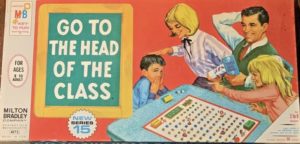
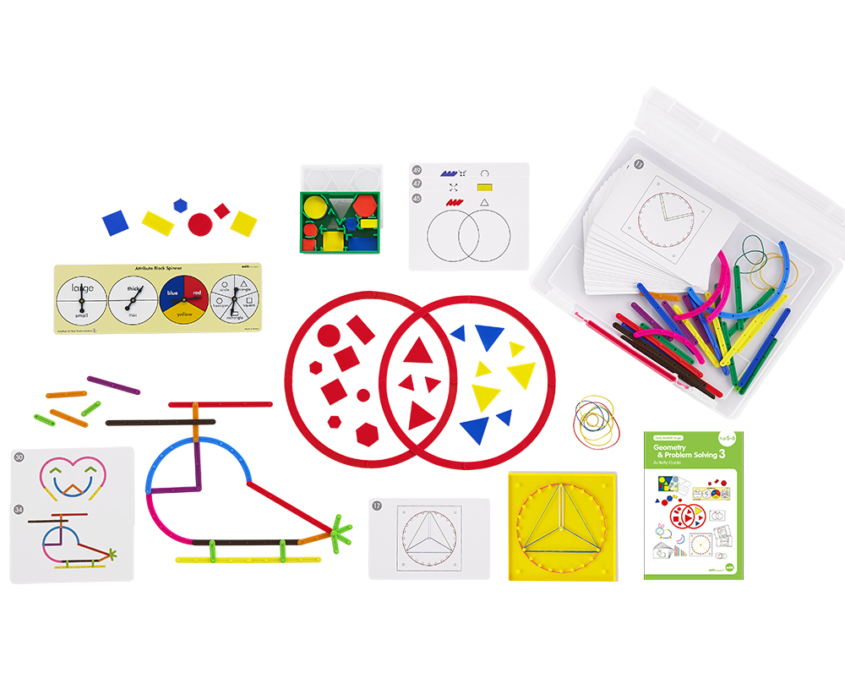
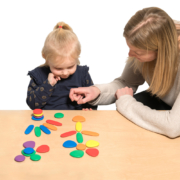 edx education
edx education Edx Education
Edx Education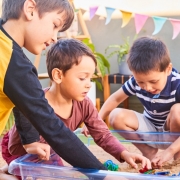
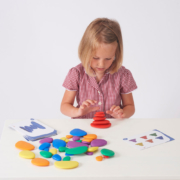 edx education
edx education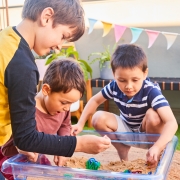
 edx education
edx education edx education
edx education edx education
edx education